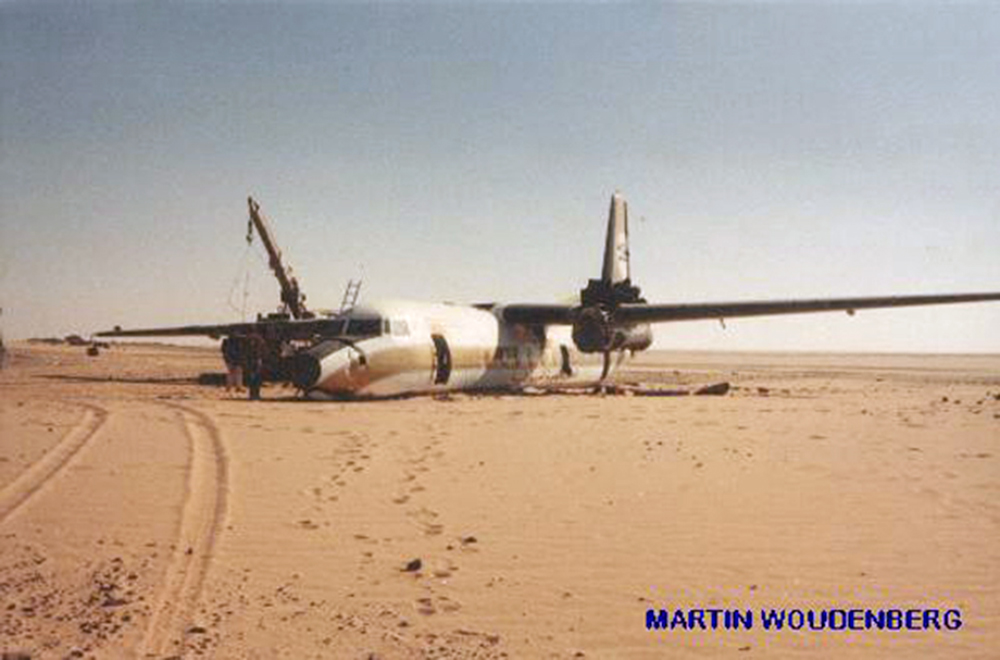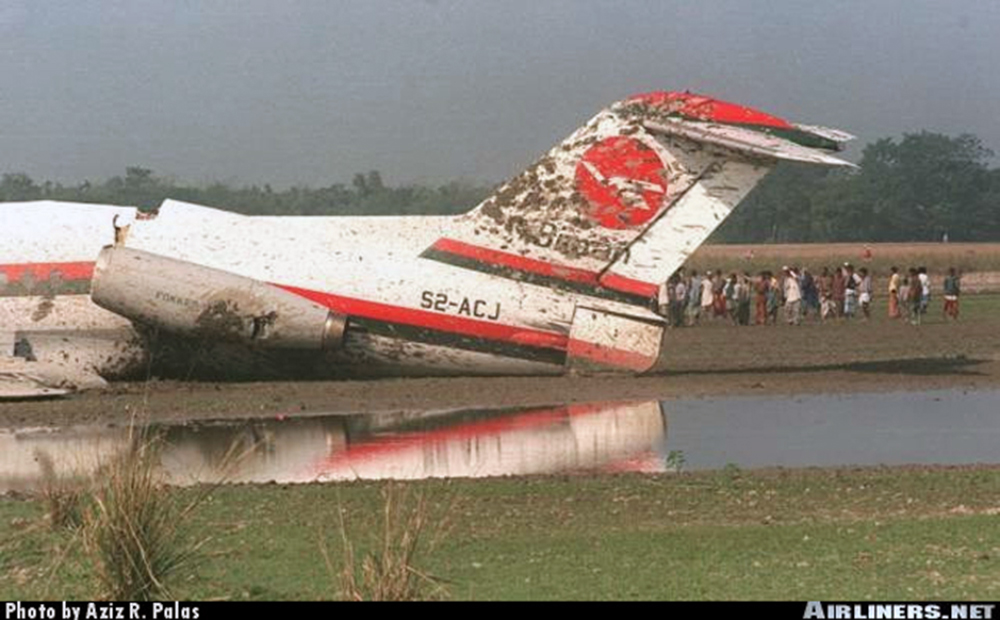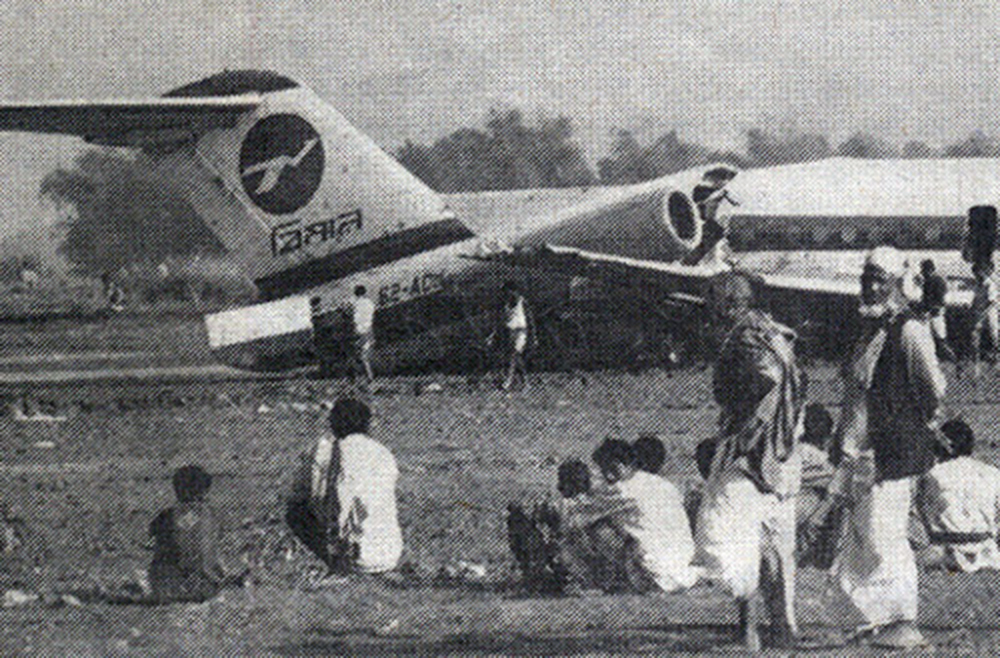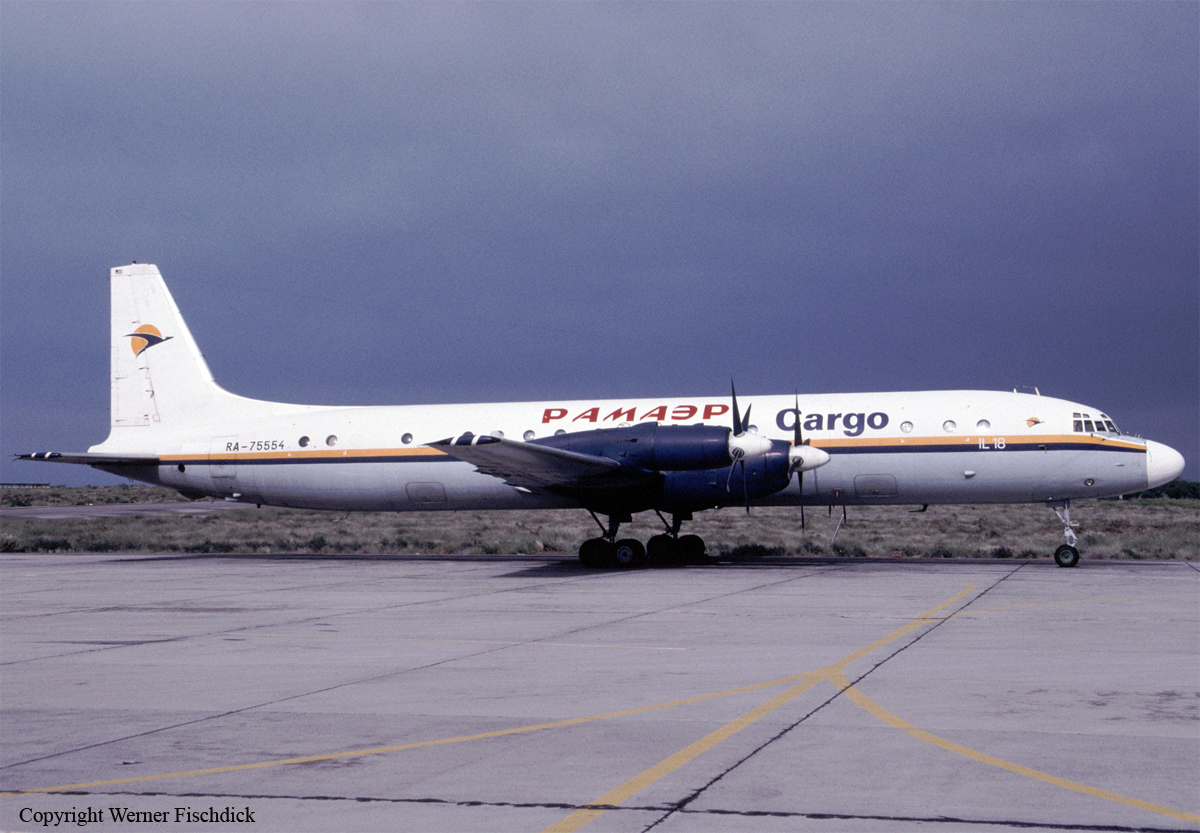Crash of a Britten-Norman BN-2A-6 Islander in Rio Sidra: 10 killed
Date & Time:
Dec 31, 1997 at 0745 LT
Registration:
HP-986PS
Survivors:
No
Schedule:
Panama City – Rio Sidra
MSN:
178
YOM:
1970
Crew on board:
1
Crew fatalities:
Pax on board:
9
Pax fatalities:
Other fatalities:
Total fatalities:
10
Circumstances:
The twin engine aircraft departed Panama City-Marcos A. Gelabert Airport at 0643LT on a flight to Rio Sidra, carrying nine passengers and one pilot. On approach to Rio Sidra, the pilot encountered poor visibility due to foggy conditions. On final, the aircraft struck the ground 6,5 km short of runway and crashed 62 minutes after its departure. The aircraft was totally destroyed and all 10 occupants were killed, among them four US citizens.














